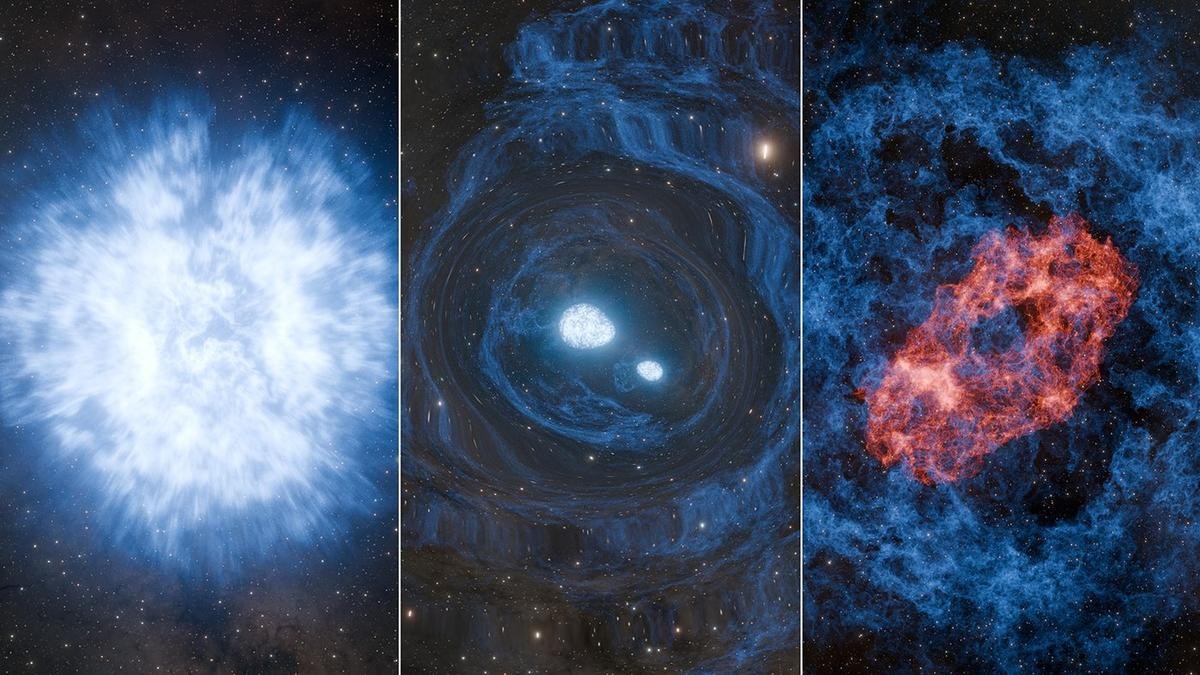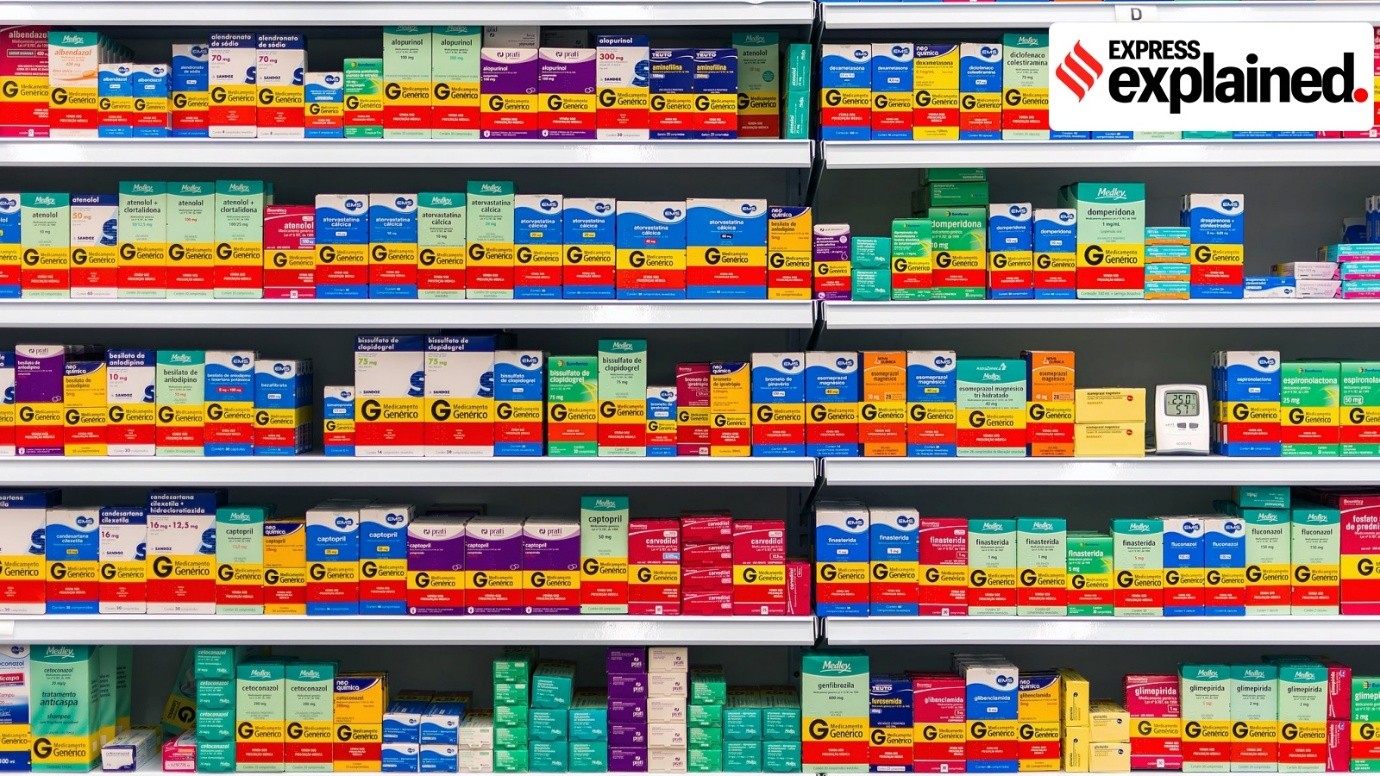



SNAP-X, a bio-ink infused with algae-derived chemicals, boosts coral larvae settlement by 20 times, aiding reef restoration. Developed by UC San Diego researchers, it mimics healthy reef signals, attracting larvae to settle on coated surfaces. This innovation counters coral loss from climate change, overfishing, and pollution, protecting vital marine ecosystems.

Copyright infringement not intended
Picture Courtesy: EURASIAREVIEW
Bio-ink infused with algae-derived chemicals boosts coral larvae settlement and reef restoration efforts.
Coral reefs, often called the "rainforests of the sea," are vibrant ecosystems, support countless marine species and protect coastal communities from storms and erosion.
Climate change warm oceans, triggering coral bleaching. Overfishing, pollution, and coastal development degrade reefs by promoting seaweed overgrowth, which competes with corals. Since the mid-20th century, global coral cover has halved, endangering biodiversity and coastal protection.
Scientists estimate that 70-90% of coral reefs could vanish if global warming reaches 1.5°C above pre-industrial levels, and 99% may disappear at 2°C.
This crisis demands urgent action, and researchers have developed a solution: a bio-ink called SNAP-X that boosts coral larvae settlement by 20 times, offering hope for reviving these vital ecosystems.
It is a bio-ink developed by a team led by Dr. Daniel Wangpraseurt at UC San Diego’s Scripps Institution of Oceanography and Jacobs School of Engineering.
This material mimics the natural signals of healthy reefs to attract coral larvae. Coral larvae, small animals that drift in ocean currents, are selective about where they settle. They depend on chemical signals in the water to find suitable homes.
Crustose coralline algae (CCA), a pink, rocky algae found on healthy reefs, release metabolites that signal to larvae, “This is a safe place to grow.” However, these chemicals disperse quickly in the ocean, making it hard for larvae to locate them.
Must Read Articles:
Coral Triangle: Biodiversity Hotspot of the Indo-Pacific
Coral bleaching | Great Barrier Reef
Global coral bleaching event expands
IUCN Reveals 44% of Coral Species at Risk of Extinction
Floating baby corals aid Seychelles reef recovery
Source:
|
PRACTICE QUESTION Q. How can sustainable tourism play a role in the conservation of coral reefs? 150 words |









© 2026 iasgyan. All right reserved